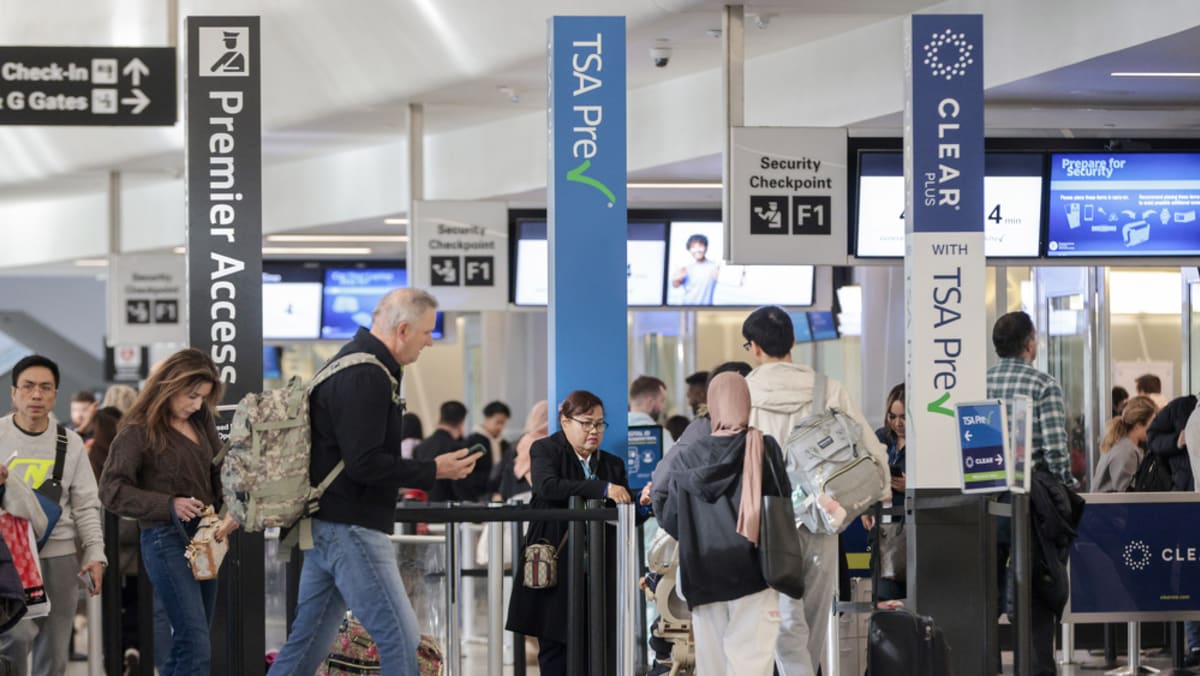WHAT TO EXPECT ON ARRIVAL
An ESTA does not guarantee entry into the United States – Customs and Border Protection (CBP) officers at the port of entry make the final call.
CBP officers are trained to assess whether travellers intend to overstay, and it is normal for them to ask about your ties to your home country. Common questions include the purpose of your visit, intended stay duration, who you know in the US and what your job is back home.
The questions may feel invasive, but the best course of action is to answer truthfully, in as few words as possible. CBP officers are not known for having the best sense of humour, regardless of administration, and they have wide discretion.
A confrontational or dismissive attitude can escalate a routine interview into a more serious issue. If English is not your first language, you can request for a translator to ensure your responses are not misunderstood.
One common pitfall is using the terms “work” and “business” interchangeably. While it may seem quite natural to say “I’m here for work” when on a business trip, doing so may raise red flags.
“Business” refers to short-term activities that do not involve gainful US employment, such as attending meetings or conferences, negotiating contracts, meeting clients or suppliers, and exploring investment opportunities.
“Work”, on the other hand, refers to performing services for a US company or client. Digital nomads need to be especially careful, as conducting remote work in the US, even for a non-US based client, may be treated as unauthorised employment and land you in trouble.
If a CBP officer has reason to suspect you are not being truthful, you may be flagged for secondary screening. If this happens, remain calm. Secondary screening does not automatically mean your entry will be rejected, though you will have to answer additional questions or provide more supporting documentation.
